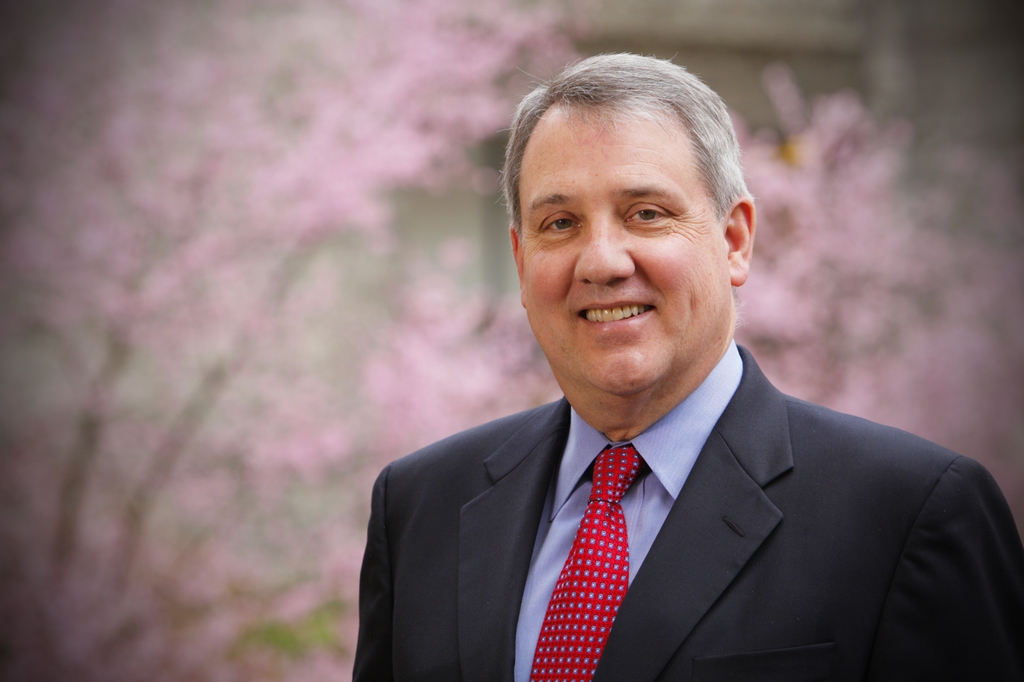PORTLAND, Ore. — Oregon Health & Science University (OHSU) is honoring the life and legacy of Dr. Joe Robertson, M.D., M.B.A., a distinguished retinal surgeon and past president of the university who passed away after more than four decades of service to Oregon. Robertson led OHSU from 2006 until his retirement in 2018, leaving behind a legacy of growth, innovation, and compassion.
A Career Dedicated to Patients and Discovery
Robertson’s journey with OHSU began in 1979 when he joined as a resident in ophthalmology. By 1985, he was a member of the faculty, where he dedicated himself to OHSU’s threefold mission: caring for patients, educating future health professionals, and advancing research.
Early in his career, he contributed to a groundbreaking international research project that developed a treatment for retinopathy of prematurity, a condition that once meant certain blindness for premature infants. Today, thanks to efforts like Robertson’s, the condition can often be successfully treated.
Also Read
Even as he rose into leadership, Robertson never gave up his clinical work at the Casey Eye Institute. Colleagues recall him reading ultrasounds on evenings and weekends, staying grounded in patient care.
Leadership at OHSU
Robertson became president of OHSU in September 2006. His leadership was marked by statewide vision and a collaborative approach. On his first day as president, he visited John Day to underscore his commitment to serving all Oregonians, not just those in Portland. He championed partnerships with hospitals and organizations across Oregon, ensuring that the university’s reach extended throughout the state’s 98,000 square miles.
Robertson embodied servant leadership—listening, connecting, and empowering his teams to innovate in pursuit of practical solutions. “Joe Robertson was an exemplary leader,” said current OHSU President Shereef Elnahal. “His vision for extending OHSU’s reach remains our steadfast commitment today.”
Honors and Recognition
In 2018, following his retirement due to a multiple sclerosis diagnosis, the OHSU Board of Directors renamed the Collaborative Life Sciences Building as the Robertson Life Sciences Building in his honor. The tribute reflected his role in shaping OHSU into a leader in research, education, and patient care.
Governor Tina Kotek also praised Robertson’s lifelong contributions: “Oregon mourns the passing of a visionary leader, a healer, and a tireless advocate for health equity. He shaped the future of medicine, research, and education in Oregon and beyond.”
Former Senate President Peter Courtney once remarked, “You can’t describe health care in this state without mentioning Dr. Joe Robertson.”
Legacy of Accomplishments
Under Robertson’s presidency, OHSU experienced dramatic growth and expansion. Among his many achievements:
-
Increased annual research awards from $307 million to $410 million.
-
Added more than 4,500 employees and nearly 1,000 faculty members.
-
Concluded the $1.2 billion Knight Cancer Challenge.
-
Helped secure transformative gifts, including $100 million for the Knight Cancer Institute and $125 million for the Knight Cardiovascular Institute.
-
Oversaw the opening of the Center for Health & Healing, the Collaborative Life Sciences Building, the Portland Aerial Tram, and the Skourtes Tower.
-
Expanded global health partnerships in Thailand, Laos, and Myanmar.
-
Established the OHSU-PSU School of Public Health and the innovative Campus for Rural Health.
-
Forged clinical and research partnerships with leading organizations, including Intel and GE Healthcare.
Robertson also played influential roles beyond OHSU, serving on the Oregon Health Policy Board, the Portland Branch of the Federal Reserve Bank of San Francisco, and The Ford Family Foundation board.
A Life Remembered
Joe Robertson is remembered not only as a transformative leader but also as a physician who never lost sight of the human side of medicine. He valued connection, collaboration, and compassion—qualities that defined his career and personal character.
As Oregon honors his passing, OHSU and the wider community carry forward his legacy of service, innovation, and equity in health care.












